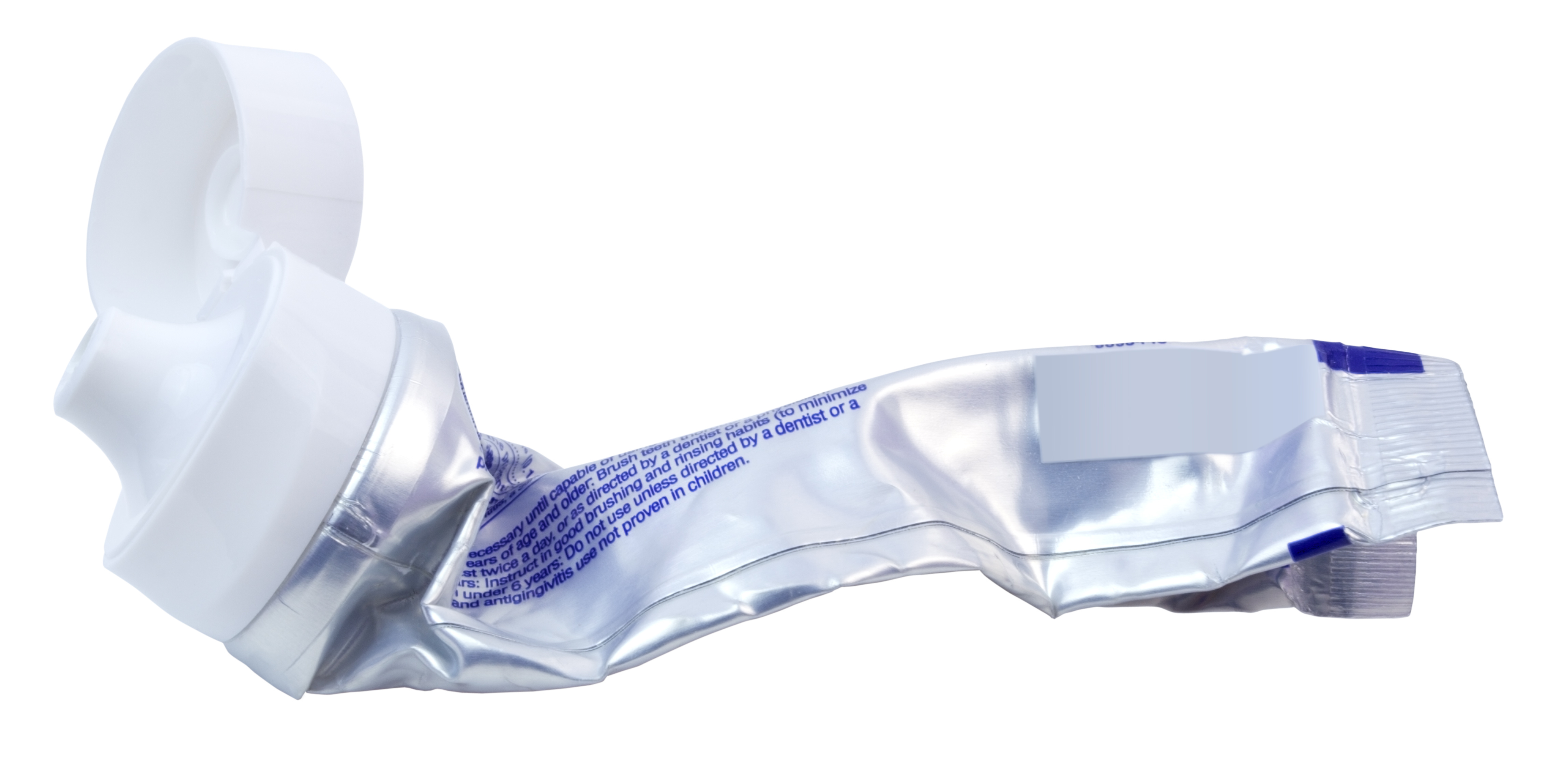 The Why Behind Starting with “The Why”
The Why Behind Starting with “The Why”
If you’re anything like me, when you hear someone say that non-profits need to “operate more like businesses,” you have a lot of opinions. Um, yes, maybe if we had the resources of the business sector. Maybe if we weren’t chastised for spending money on operating costs, including competitive salaries, etc. etc. Maybe if we could, in fact, move from the Overhead Myth to an Overhead Solution.
I could rant all day.
However, when Sarah, our Director of Partnerships, came across this Fortune article about Airbnb, she knew there was at least one important takeaway for non-profits. If you watch the video that accompanies the article, you’ll see this takeaway phrased as such:
Internal Mission Can Also Be External Tagline
If you find that wording confusing, you’re not alone. Let’s breakdown what it actually means.
Define your organization’s purpose in a way that resonates with everyone: staff, volunteers, clients, customers, etc.
What’s a purpose, though?
Your purpose is akin to your mission statement. My favorite way of saying it is that your purpose is your why. It’s the reason you exist. In Airbnb’s case, they realized their purpose was, “To make people around the world feel like they could belong anywhere.” In this famous TED Talk, Simon Sinek explains how this formula-of-purpose has worked wonders for Apple.
Let’s look at an example from the non-profit world: Feeding America. Prior to 2008, the now well-known organization was known as “America’s Second Harvest”.
While testing the two names, they found that the new name, Feeding America, performed much better. Why? According to the mastermind behind the move, it “…may be because the name simply describes what the organization does and requires no explanation.” Ah, clarity!
While the purpose of your organization doesn’t have to actually become the name of your organization (although it could, :: hint hint::), it really should play the starring role.
After the “why”
So, what happens once you’ve defined your why? Once you’ve found and articulated your purpose, every other decision you make should be based on it. The programming you pursue, the tone you take in your communications, even the staff you hire.
In Airbnb’s case, in addition to seemingly broadcasting their tagline/ purpose everywhere, they also made intentional moves to live out their purpose. For example, they set up a support network, including a blog and online community, that Airbnb hosts to learn how to do small things to make guests feel more welcome.
For non-profits, it could be the creation of a brand positioning statement that all staff have at their fingertips. (Be sure to avoid the mistakes the Seattle Public Library made when creating their brand statement.) It could include certain changes, ranging from a revamp of your mission statement to a full re-branding, as with Feeding America. It’s also the jumping off point for The Claxon Method.
The Claxon Method
In order to actually start getting things done, there are other important questions to ask after your “why”. The Claxon Method is a process that consists of the next three questions to ask yourself after you’ve defined your purpose. Note: They must be followed in this order!
- WHAT does success look like?
- WHO do we need to reach in order to be successful?
- HOW are we going to reach our ideal supporters?
If you think about it, it’s incredibly logical. How do you know the best communications or outreach methods if you haven’t defined who you actually want to reach?
Learn more about the Claxon Method here.
So, non-profits, get out there and define your why. Then, on to the what, who, and, finally, how!
Want more ways to master your non-profit’s purpose and overall brand? Reserve your spot for this free webinar, happening on January 25, 2017!
 Did you know that 71% of non-profit client needs go unmet? 71%. Ugh.
Did you know that 71% of non-profit client needs go unmet? 71%. Ugh.








 Phew. You made it through another #GivingTuesday. Awesome!
Phew. You made it through another #GivingTuesday. Awesome!